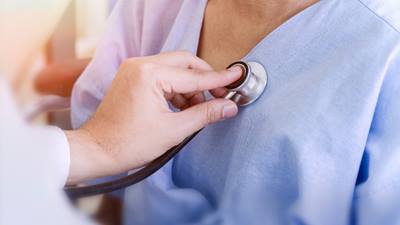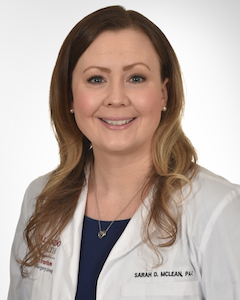Lifestyle Changes Can Help Your Atherosclerosis
Atherosclerosis, also known as hardening of the arteries, is a condition where the arteries harden and then narrow due to a buildup of fat and cholesterol. Blood cannot travel through the vessels as easily, which can lead to serious problems such as strokes, heart attacks, amputation and even death.
About 5 million Americans have atherosclerosis, and the disease and its related diseases form the nation’s top cause of death in men and women.
What Causes Atherosclerosis?
Atherosclerosis is a systemic disease that affects the entire arterial vascular tree. It is caused by an imbalance in the intake of cholesterol, which is deposited in the blood vessel, inflaming and hardening it. High cholesterol, stress, diabetes and high blood pressure contribute to the development of atherosclerosis. The typical Western diet — high in fat and cholesterol and low in fiber — also contributes to the disease.
This disease also is the underlying cause of peripheral arterial disease, which affects the limbs, as well as cardiovascular disease, which affects the heart.
Risk factors for developing atherosclerosis include:
- Gender — males are at a higher risk than females.
- Age — risk increases as people age.
- Genetics — those with a family history of atherosclerosis have a greater chance of developing the disease.
- Smoking
- High blood pressure
- High blood sugar
- High cholesterol
- High levels of inflammation as the body responds to injury or infection
- Obesity
- Lack of physical activity
- Stress
Vascular Surgery for Atherosclerosis
Peripheral arterial disease (also called PAD) is caused when atherosclerosis gradually results in the narrowing of the arteries that bring blood to the arms and legs. If the artery is blocked enough, oxygen-carrying blood cannot reach the extremities, causing the tissue to die and leading to possible amputation. Smoking is the primary cause of PAD, but as with atherosclerosis, high blood pressure, high cholesterol, kidney failure and obesity also increase the risk of developing the condition.
Not everyone who has PAD has symptoms, but when they do, those symptoms include:
- Pain, numbness, achiness or heaviness in the legs, especially when going upstairs or walking (claudication)
- Pain in the toes or feet while resting (rest pain) is a more advanced stage of PAD
- Sores or wounds on the toes, feet or legs that are slow to heal
- Pale or bluish skin color
- Poor nail growth on the toes
- Erectile dysfunction, particularly in men who also have diabetes
Vascular surgery can address some of the acute local symptoms of the disease. A procedure called atherectomy can remove plaque from the artery. A vascular surgeon can bypass the blocked artery using a vein from another part of the body or using a synthetic tube called a graft. A catheter can be inserted into the artery to open the blockage, with a balloon angioplasty and perhaps with the insertion of a stent to keep the artery open. In addition to medical procedures, medicine also can be given.
Lifestyle Modifications Approach to Address Atherosclerosis
While vascular surgery can address immediate, local symptoms, lifestyle modification is needed to address the system-wide problem of cholesterol buildup throughout the body.
- Stop smoking or don’t start. With smoking being one of the major causes of PAD, becoming or staying smoke-free increases your opportunity for health.
- Exercise. Thirty to 45 minutes of activity, 4 to 5 days a week is recommended.
- Eat a diet rich in fruits, vegetables and grains. Limit animal product intake and that of saturated fats. Ensure that cholesterol makes up no more than 15 percent of your diet.
- Have regular checkups and screenings, particularly if you are over 65. If you have had previous conditions, be sure to visit your primary care physician, cardiologist and vascular specialist regularly.
- Find ways to manage stress. Stress causes the vessels to constrict, which affects blood pressure. Look for ways to relieve or avoid stress, including exercise, yoga and social activities.
Atherosclerosis in general and PAD specifically are serious health conditions. By working closely with your medical team and making important lifestyle modifications, you can better manage your symptoms, slow their progression, and stay active and healthy.
Choose Skilled Interventional and Peripheral Vascular Care
The Interventional and Peripheral Vascular Program at the Orlando Health Heart & Vascular Institute is home to a group of skilled peripheral vascular surgeons and interventional cardiologists who treat specific conditions that affect the circulatory system. Many of our physicians participate in research trials investigating new procedures that can be offered to our patients through clinical trials well before such advances are widely available.











